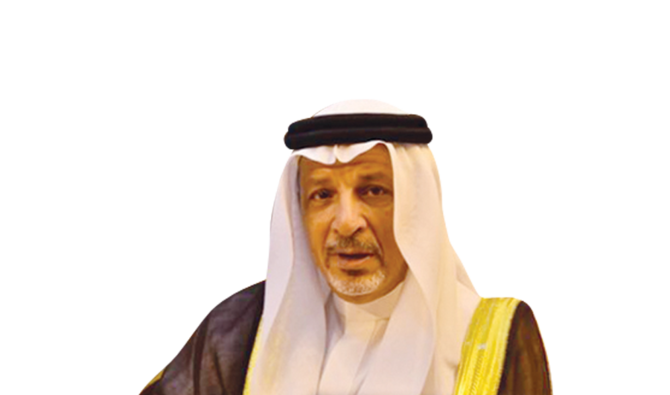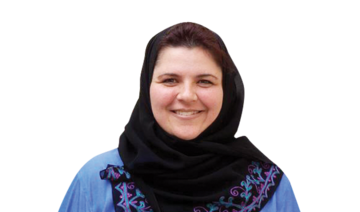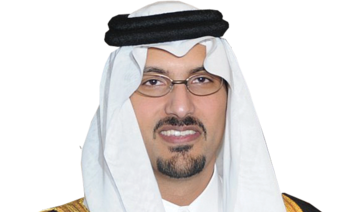Ahmed Abdul Aziz Kattan has been the minister of state for African affairs since Feb. 26, 2018 and the dean of the Arab diplomatic corps since 2013.
On Thursday, Kattan headed the Saudi delegation at the donor coordination conference to finance the Priority Investment Programme (PIP) of the Group of Five Sahel countries (G5 Sahel) for 2019-2021 in the Mauritanian capital Nouakchott.
The Kingdom’s participation in the conference underscores its role in promoting development and stability and its keenness to support efforts to combat extremism and terrorism in the Sahel region.
Kattan has been the Kingdom’s permanent representative to the Arab League since 2005.
He was ambassador to Egypt between 2011 and 2018, receiving his bachelor’s degree in economics and business administration from Cairo University in 1978.
Kattan joined the Ministry of Foreign Affairs in 1978, and went to the Saudi Embassy in London in 1982.
He was at the Saudi Embassy in Washington, D.C. between 1984 and 2005, becoming deputy to Prince Bandar bin Sultan bin Abdul Aziz in Washington between 2002 and 2005.
He served as Saudi’s permanent observer to the Organization of American States between 1996 and 2005. He participated in UN sessions in New York from 1984 to 2005, and in Arab League summits from 2005.
He was the deputy president of the advisory committee of the United Nations Relief and Works Agency for Palestine Refugees in the Near East (UNRWA) in 2009, on the occasion of International Day of Solidarity with the Palestinian People.



























